If you’re in the same situation as some of our clients, you may be looking to provide new or improved ways for people to make sense of their heritage, and to enhance their understanding, enjoyment and experience of history. Perhaps you’ve seen a touchscreen experience and wondered if one would work for you?
With most museums and galleries these days, there is also an urgent need for digitisation and preservation – otherwise, some incredibly valuable material could end up being lost forever.
For instance, some films are vanishing, there are fewer people who can run older equipment, and all too often, information or material is being lost or forgotten about; its context no longer understood.
It has to be said that people do have a great interest in heritage; be it family members, historical figures, or local history. Despite this, valuable information or materials can still be lost or turned over to a generation of people who no longer care.
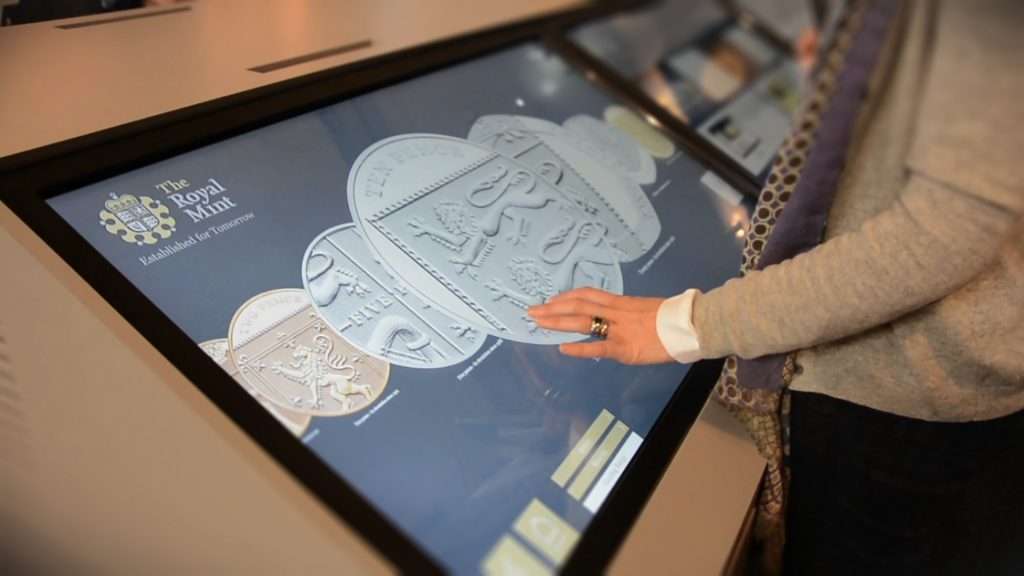
As an agency who specialises in interactivity and solutions to help engage audiences of all backgrounds and generations, we’re going to talk you through the whole process of archive digitisation, protection and preservation – and the different ways of improving gallery and museum accessibility.
But first…
Inaccessibility, and why archives need to reconsider
It’s safe to say the majority of stories live with curators, and we may rely too heavily on them. What knowledge they have needs to be opened up and made easily available to a wider audience. Archivists and curators are an integral part of making that information accessible to the public.
This goes against the grain of heritage often being hidden, little-known or just generally inaccessible. There’s often a theme of rich and diverse materials locked away in dusty back rooms that may only ever be used to supplement galleries or exhibits.
So, what options do you have?
Well, it’s absolutely vital to carefully consider which materials are being used, and how you can make the most of them. You should also think about introducing a change of audience, and purpose.
No longer can archives be considered as ‘just for researchers’. There are now people from a much wider range of ages, ethnicities, social backgrounds, and technological abilities, all who are expressing their interest in history and want to learn more.
Heritage is an essential part of the tourism industry and helps to attract visitors from overseas whilst bringing investment into local economies. Opening up your archives to a wider audience can help breath new life into your museum or gallery.
So, below we’re going to take a closer look at some of the elements that could potentially help you to open up your archives for the public to enjoy:
1. Introducing physical exhibitions
It’s true that no matter how well you present information, there’s nothing quite like having physical objects on display. They could be wall-mounted, displayed in cases, or you could even include some hands-on experiences!
Pros
- People can see objects with their own eyes
- This very visual approach helps to capture the imagination
- Having the object visible can allow people to appreciate it more
- Physical objects can also be associated with surrounding contextual information
Cons
- Some objects require a lot of space
- The items need to be well cared for
- People can sometimes just look at the object without fully reading the information – and as a result, not understand the story
- This can mean exhibition design/printing costs
- It can lead to limited contextual information or interaction with the object
This is a good solution if: You have a wealth of physical and fascinating objects that people would benefit from seeing, along with the space to exhibit all the required information to complement them.
2. Organising your content into a catalogue
When your content is digitised, you can then make that database available online or within an archive. This makes it easier for users to search and find the records or information they need.
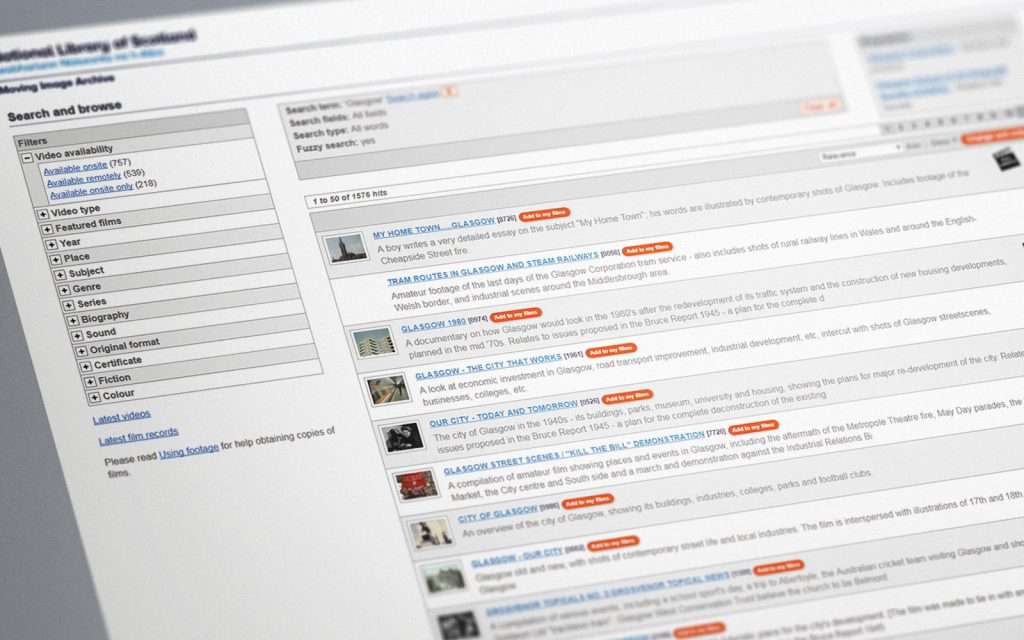
Pros
- You can give users access to a huge depth of information – both in terms of the number of items, and information on each of them
- It’s great for researchers and people who know what they’re looking for
- It allows for good visibility on what exists within the archive – and is good for quickly finding the information you need
- It ensures that information is preserved and available
Cons
- It’s essentially one large database, which can be dull or tricky to use
- There’s no real context or story behind the information presented
- It can just be used as a content dump, with no real consideration for your audience
- It can be intimidating for first-time users – people often don’t know where to start
- This approach is still very reliant on archivists or curators to make it make sense
This is a good solution if: You have a large depth of content that needs organising, and it’s predominantly going to be used by more advanced researchers
3. Developing a curated interface to tell stories
This third approach involves having a thematically organised “front window” to your archive and provides a way to tell stories through curated content – often in visual and engaging ways.
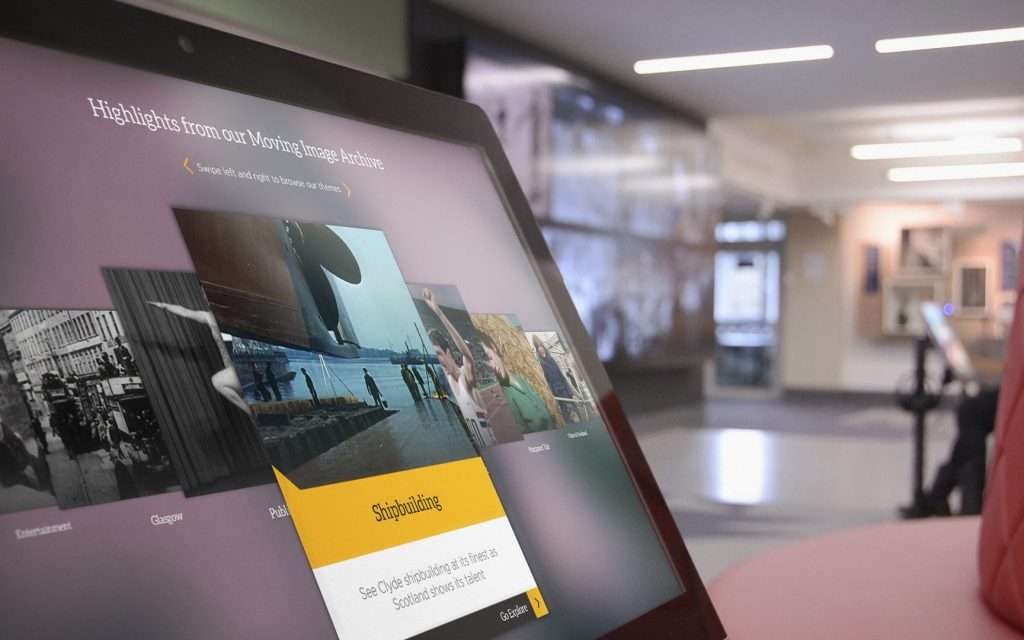
Pros
- This approach makes it easier for people to interpret archived content, by giving it to them in themes, e.g. ‘Shipbuilding’, ‘World War 2’ etc.
- You can utilise accessible technology – like interactive touchscreens – to reduce the barriers to your content
- Having a combination of curated content and touchscreens opens up a wide range of audiences who would never have been able to access your content
- Rather than just viewing one or two separate articles, we can present stories to people and recommend other things for them to read
- This approach can act like the curator in the room – people can get a real sense and understanding of history
- An assortment of various types of media can be introduced – such as text, videos and images – all in one place, helping to bring your archive to life
- It can provide a gateway to the wider catalogue of research
- They can be a fun, visual and exciting way for people to interact with your archives and content
Cons
- This approach requires planning – you need to take the time to develop stories and create a user experience that people will want to spend time using
- There’s a considerable investment in technology – including touchscreens, software, and the development of the interface itself
- It usually requires funding/other stakeholders to get involved
- You may need to think about how you can keep your content up-to-date and relevant for visitors
- It can be quite a culture shock in terms of introducing such a different approach
This is a good solution if: You’re looking to open your archives to a wider audience and present a new way of telling stories and history that’s exciting, visual and engaging.
4. Why not combine some of the options above?
There are pros and cons to all of the options above, but together, they can all make up vital elements for introducing a new and easier way for people to gain access to (and enjoy) your archives.
For example, having a curated interface can serve as a window to your wider catalogue, and it can also be positioned alongside physical objects and descriptions to provide rich, contextual information and tell stories that will help fuel people’s imaginations.
One example of this is the National Library of Scotland, who built a new archive centre for their Moving Image Archive. They created a physical space, as well as a catalogue and research area.
They wanted a touchscreen solution to act as a curated interface with thematically organised content, which made it accessible to a very wide audience and acted as a gateway to the wider Moving Image archive.
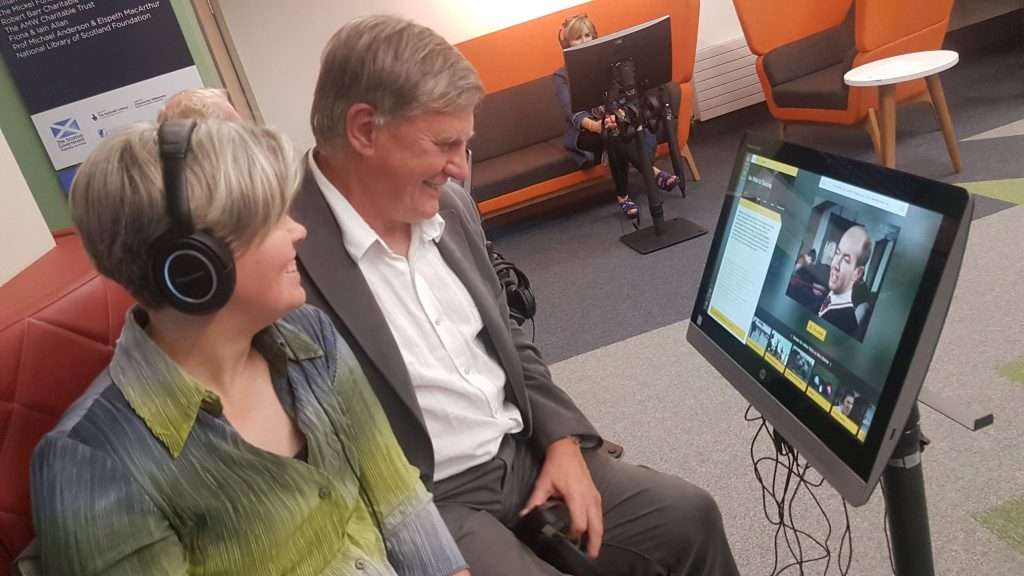
Pros:
- You’ll be providing rich, deep information about your archive collections
- Your archives will be accessible to all audiences, whilst keeping researchers and specialists in the loop
- You can really bring your archive to life by providing stories along with the objects so that people are intrigued enough to discover more
- It’s inclusive to all and provides an easy way to encourage people to learn about history
Cons
- It requires a lot of forward thinking, planning and investment
- It will take time to develop and ensure everything is set up correctly
This is the best solution if: You are developing a new centre or new exhibition, and are considering how you could do things differently whilst making the archives fun, accessible, interactive and educational.
Advice on your next steps
If you’re considering whether or not a curated interface in the form of an interactive touchscreen could be a good addition to help open up your archives to a wider audience, we’d recommend doing a bit of research.
For instance, you could take a look at what others are doing (perhaps via the Museums’ Association or Heritage Lottery Fund), to give a few ideas of where to start.
We’d also advise seeking out a professional touchscreen specialist or developer who has experience of introducing curated interfaces into public spaces. You could ask to see examples of their previous work and see if they can offer you some free, impartial advice.
As a rule of thumb, you should be looking to make your archive as easy, fun and interactive as possible – this will help you to make a happy, social place where people can explore history and memories.
Improve gallery and museum accessibility with POP
We hope we’ve managed to provide some insights when looking at some of the best ways to increase accessibility for museum and gallery visitors.
With a bit of forward thinking and investment, you can combine the above elements to create a space that opens up your archives and makes them accessible to a much wider audience – whilst also creating a fun, enjoyable and engaging experience for your visitors. Take a look at this video guide and see for yourself what’s possible with POP!
Would you like to learn more about what’s possible for your museum or gallery? If so, we’d love to hear from you! Get in touch today on +44 (0)117 329 1712 or hello@popcomms.com.
Related Posts
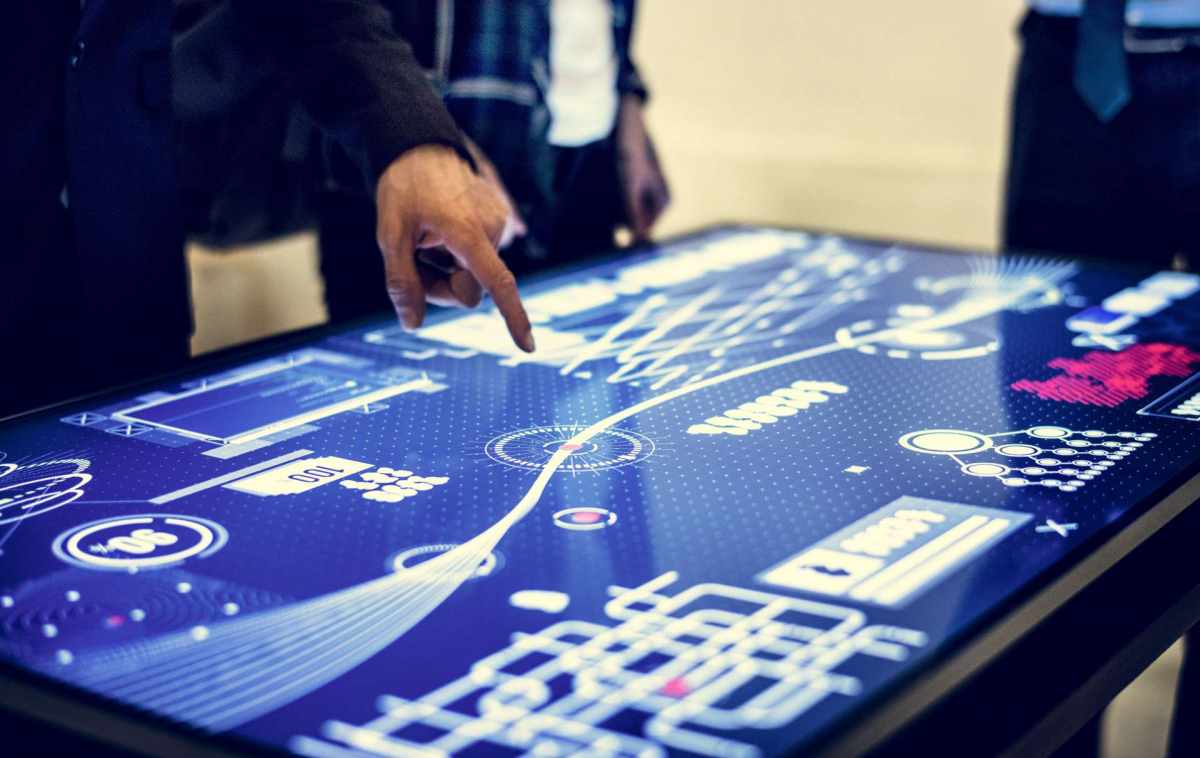
10 Best Real-Life Examples of Interactive Touchscreen Experiences
Read
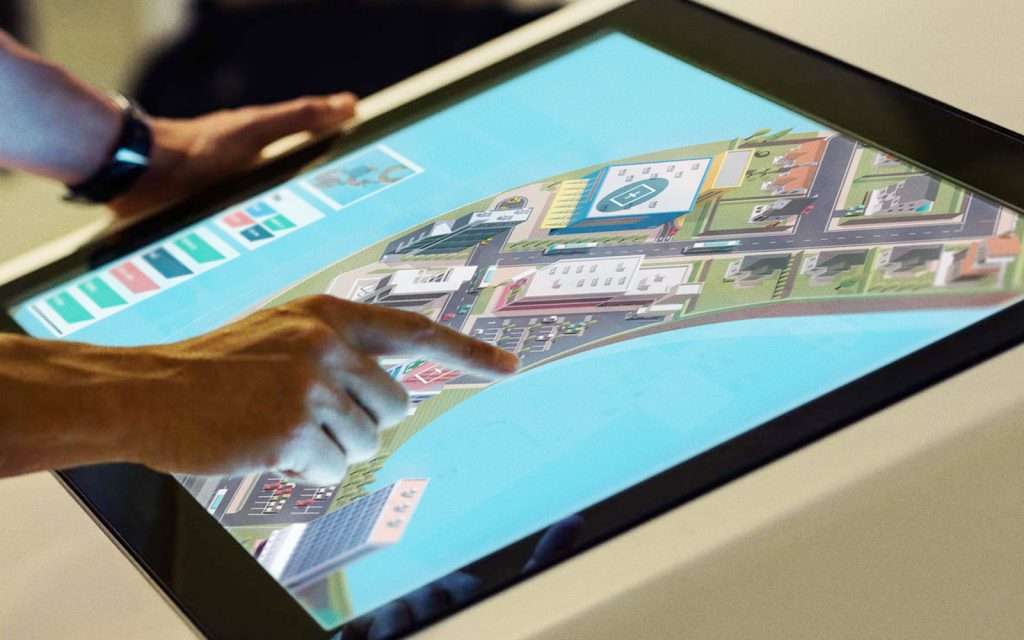
What are your options if you want to develop a touchscreen experience for your business?
Read
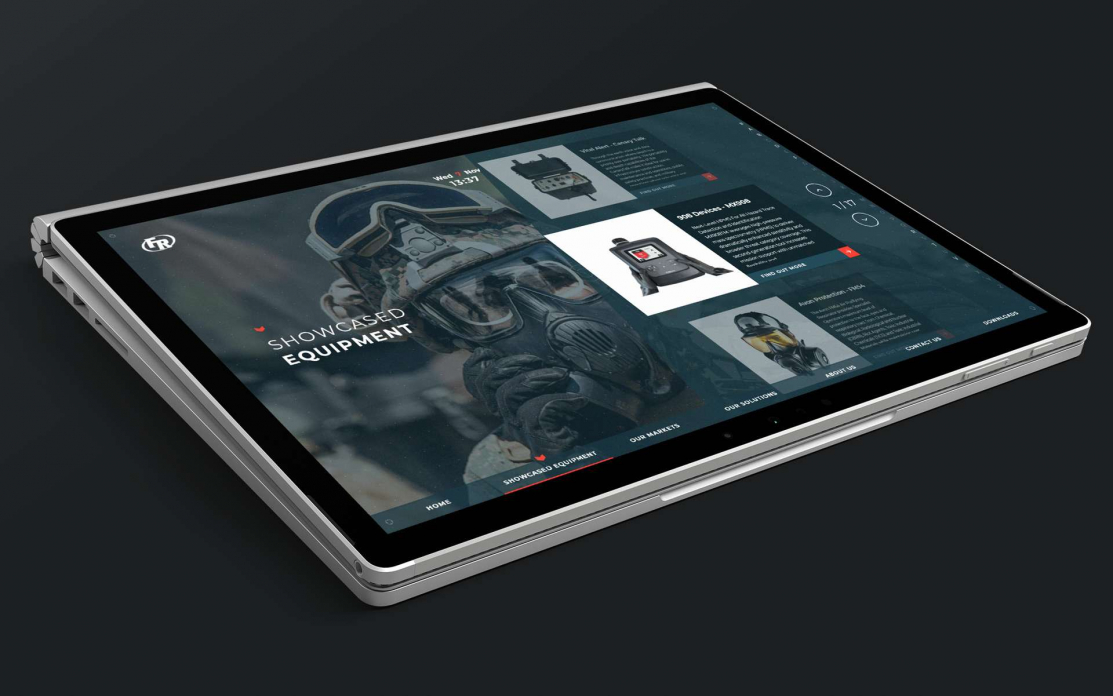
How Interactive Touchscreens at Events Benefit Engineering Firms
Read
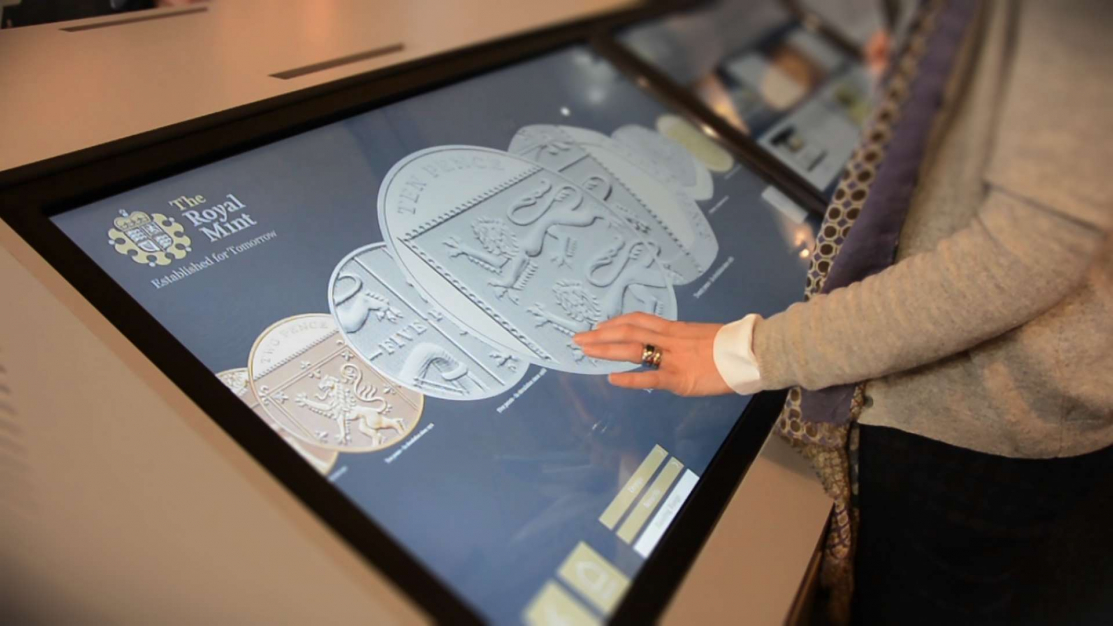
7 of the Most Compelling Interactive Content Statistics and What They Mean for You
Read